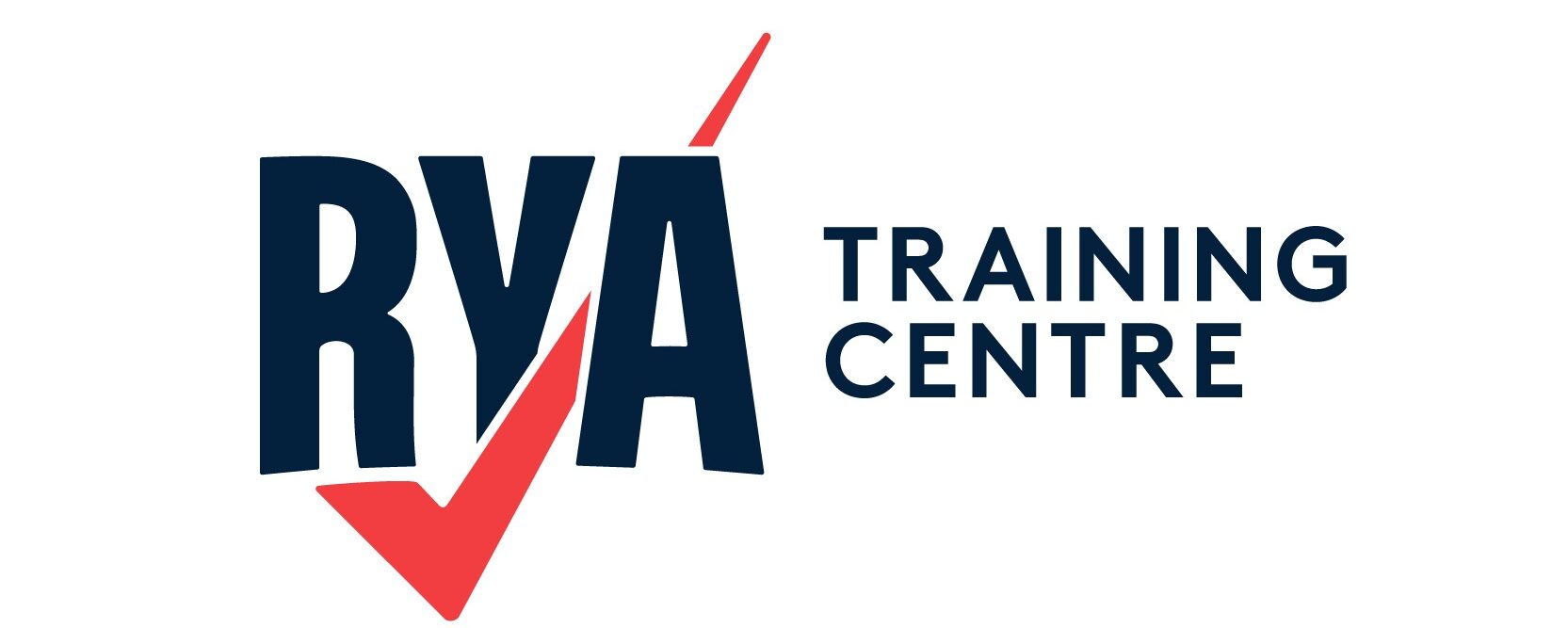 Multihulls, especially catamarans, are becoming increasingly popular with bluewater cruisers. Originally made popular by families and groups chartering on vacation, more and more cruising sailors are now setting their sights on multihulls as viable vessels.
Multihulls, especially catamarans, are becoming increasingly popular with bluewater cruisers. Originally made popular by families and groups chartering on vacation, more and more cruising sailors are now setting their sights on multihulls as viable vessels.
Skippers undertaking longer voyages, such as transatlantic or world rallies, have shifted from traditional monohull to multihull in recent years. This may be attributed to dramatically improved developments in design, performance and handling. Love ’em or hate ’em you can’t deny that they do have benefits.
Pros of Multihulls
Space, Space & More Space!
There is undeniably more space on a multihull than a monohull. Spacious socialising areas in the saloon, cockpit and bow area entice many families to invest. More space also means more privacy on longer passages – no one is ‘on of each other’ and a quiet corner can always be found.
There is also more space for equipment, general storage, solar panels, and a larger dinghy – all important considerations for bluewater cruising.
Safety Considerations
Catamarans have been said to be safer when sailing downwind with a following sea. You can fly a gennaker without much worry, whereas monohulls in the same weather conditions can accidentally ‘chinese gybe’. Also, you do not need a spinnaker pole for this sail.
The upright standing of a multihull is said to give better radar and VHF radio coverage and visibility. And let’s not forget that you have two engines instead of one!
Comfort & Stability
Live aboard cruisers spend a lot of time at anchor and so having a big, stable base to live, work or relax on is a huge plus. Being cramped up in a small saloon and cockpit doesn’t need to be the case anymore.
This also applies when out at sea. It makes sail handling easier and gives those who aren’t used to sailing a more stable and comfortable platform to live on. Multihulls do not heel over as much as monohulls which many prefer too.
Cons of Multihulls
Size = Cost
Unfortunately, with two hulls and two engines comes twice the cost of maintenance, servicing and cleaning. Two hulls also nearly doubles the cost of docking in marinas – ouch!
If you plan to haul out you might have more limited options due to the size of the vessel. Check that the areas you intend to cruise in have adequate boat yards and equipment.
Performance
The benefits for extra living space on board do compromise the amount of fun you can have sailing. Tacking can be frustrating and downwind performance is reduced in comparison to sailing a monohull with spinnaker.
Many purists will argue “why go sailing if you can’t sail properly”. You simply have to weigh up your personal goals and ideas about cruising to choose the best vessel for your purposes.
Design
Man overboard retrieval can be complicated with the freeboard height on multihulls. Due to the height of the deck above sea level, you need to use transom steps.
The freeboard height also causes multihulls to have a larger windage at anchor. This means that they will swing back and forth in the anchorage so make sure you set your anchor correctly.
All in all, the decision to purchase a monohull or multihull is down to your personal preferences and purposes. They both have distinct benefits so the best advice we can give is to try as many designs out as possible before you buy. Go to boat shows, research online, talk to other bluewater cruisers, and read sailing blogs. Local cruisers, Mike and Rebecca Sweeney, have recently gone from muilthull to monohull – click here to read about their experience.

